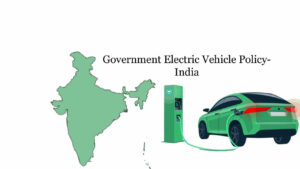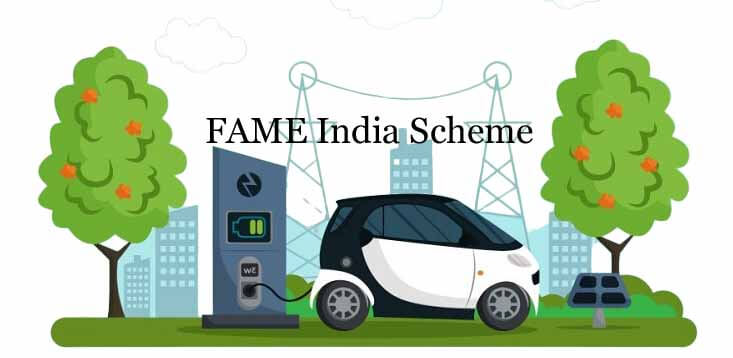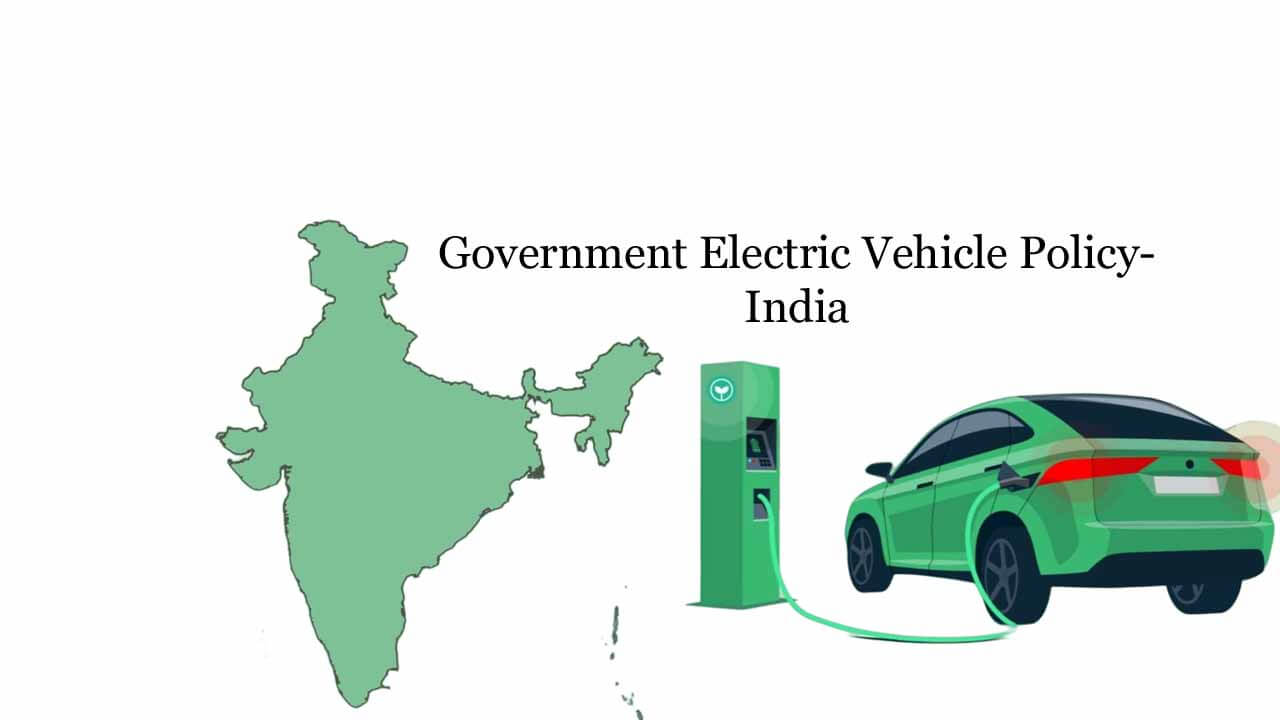Electric Vehicle
Electric Vehicle also known as EV among public. It is basically a vehicle that uses electricity unlike conventional vehicles which uses gasoline, diesel etc. This electricity comes from a battery which is also chargeable through external source. This battery provides electricity to electric motor. EVs are not only limited to road but it also includes electric boat, vessels, electric aircraft, electric spacecraft etc.
In a few years we are seeing the exponential growth in Electric Vehicle. Governments all over the world also provides incentives to EVs manufacturer and buyers. EVs are seen as the replacement of conventional vehicle as it is the need of the current and future generation. Because it addresses the global issues of air pollution, global warming, depleting natural resources etc that makes it more Eco-friendly.

Government Electric Vehicle Policy
Government Electric Vehicle Policiy can play an important role in promoting Electric Vehicle (EV)adoption. In fact it boost adoption of EVs. Here are the some ways on which government electric vehicle policy should be made to increase Adoption and Promotion of EVs:
Incentives and Subsidies
Initially to promote adoption govt must provide financial incentives, subsidies, and tax concession for purchasing electric vehicles. This will reduce the cost of EVs that ultimately attracts more consumers. Govt can done it through reducing GST (Goods and Services Tax) rates, lower registration fees and RTO fees exemption.
Charging Infrastructure
Initially people are reluctant to open charging station as they thought that that there is no assurity that it will give profit to them. Hence, govt should give assistance to person who owns charging station. This will encourage consumers to switch to electric vehicles, knowing that charging facilities are readily available.
Research and Development Support
Government Electric Vehicle Policy on funding for research and development of EV technology, batteries, and components can drive innovation and bring down the overall cost of electric vehicles. This can ultimately increase the sale of Electric Vehicles.
Fleet Electrification
Government can encourage use of electric vehicle through its fleet electrification. If govt companies or agencies use electric vehicle in carrying out their activity then it will make a psychological impact of reliability on citizen. This fleet electrification demonstrates commitment and confidence in technology that ultimately encourages individuals and private players.
Public Transportation
Government Electric Vehicle Policy on promoting adoption of electric buses and other public transportation will ultimately reduces the issues of pollution. Hence, govt should build infrastructure, policies that allows fast adoption of EVs for public transportation.
Eco-friendly Policies
Govt should enforce some stricter emission norms for internal combustion engine vehicles. Also levy some taxes and tariffs on conventional vehicle. This will promote shifting of conventional to EVs.
Incentives for Manufacturers
Providing incentives for domestic manufacturing of electric vehicles and components can attract investment and create jobs in the EVs industry.
Battery Swapping Infrastructure
Govt should make laws that allows battery swapping. This will alone address concerns about battery charging time and battery degradation, making EVs more convenient and attractive for consumers.
Awareness Campaigns
Government should regularly organise campaigns to raise public awareness about the benefits of using electric vehicles, such as lower air pollution and lower operating costs. These campaigns will encourage more people to shift in EVs.
Collaboration with Industry
Govt should do collaboration with the private sector companies for better policy formulation. This will synergize the works, policies formulation and research of EVs. Collaboration with private players will definitely increase the sale of EVs in India.
Recycling and Disposal Policies
Establishing guidelines for recycling and proper disposal of EVs batteries, parts and sub-parts can address concerns about environmental impact and encourage responsible EVs ownership. Government Electric Vehicle Policy should also consider Recycling and Disposal of Electric Vehicle parts, batteries etc for safety of our citizen.
It is important to note that the success of these policies and plans depends on effective implementation, regular updates based on changing market dynamics, and regular monitoring of outcomes.
Government Electric Vehicle Policy -India
Government Electric Vehicle Policy -India is made in such a way so that it encourages adoption of EVs in country by people and also promotes manufacturing of Electric Vehicles within country. Considering these objectives Government of India has made some policies and plans that are mentioned below.
These Government Electric Vehicle Policy has the potential to achieve National Energy Security, reduces adverse effect on environment that was happening because of gasoline powered engine. These policies formulated in such a ways so that it can replace the market of conventional vehicle by electric and hybrid vehicle.
Some steps and plans of Government Electric Vehicle Policy – India are mentioned below;
1. Formulated some policies that makes easy to acquire electric vehicle.
2. Promotes research and development in battery technology, electric motors, battery management, testing infrastructure, power electronics etc.
3. Provides subsidises for opening of charging station.
4. Reduces Rate of GST slabs from 28 percent to 12 percent without any Cess Tax.
5. Also loans have been provided with lower interest rate.
6. Ministry of Road and Transport Highways has also announced the exemption of permit in battery operated vehicles.
These objectives of Government Electric Vehicle Policy are covered in mentioned policies. Since then govt has achieved the target significantly.
FAME India Scheme

FAME India Scheme is basically an acronym of Faster Adoption and Manufacturing of (Hybrid and) Electric vehicles in India. This scheme is a Flagship Scheme of India and launched in 2015 under National Electric Mobility Mission Plan. It encourages the progressive induction of reliable, affordable and efficient Electric Vehicles in India. Time to time scheme has revised its plan.
FAME Indian scheme operates into two phases and that are mentioned below;
FAME I India Scheme
FAME II India Scheme
Advantages of Fame India Scheme
Phased Manufacturing Program (PMP)
National Mission on Transformative Mobility and Storage
You can also visit our other category.
| Category | Link |
| Top 10 | Click Here |
| Tech | Click Here |
| Biography | Click Here |
| Static GK | Click Here |
| World Affairs | Click Here |
